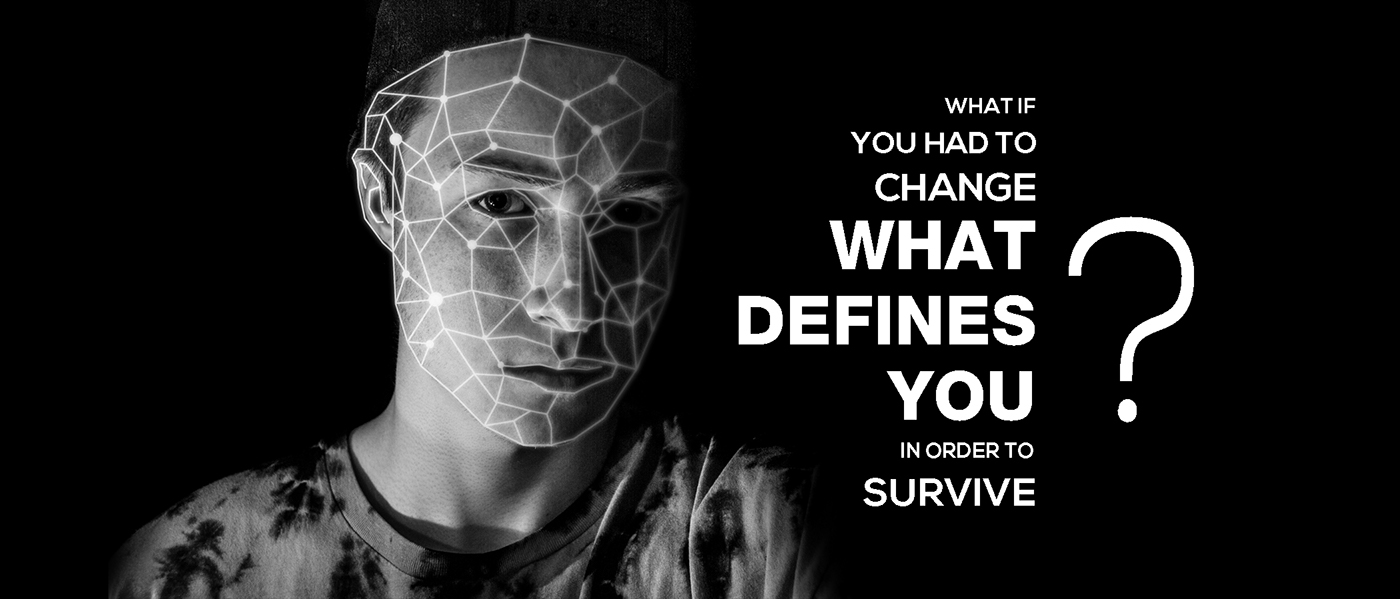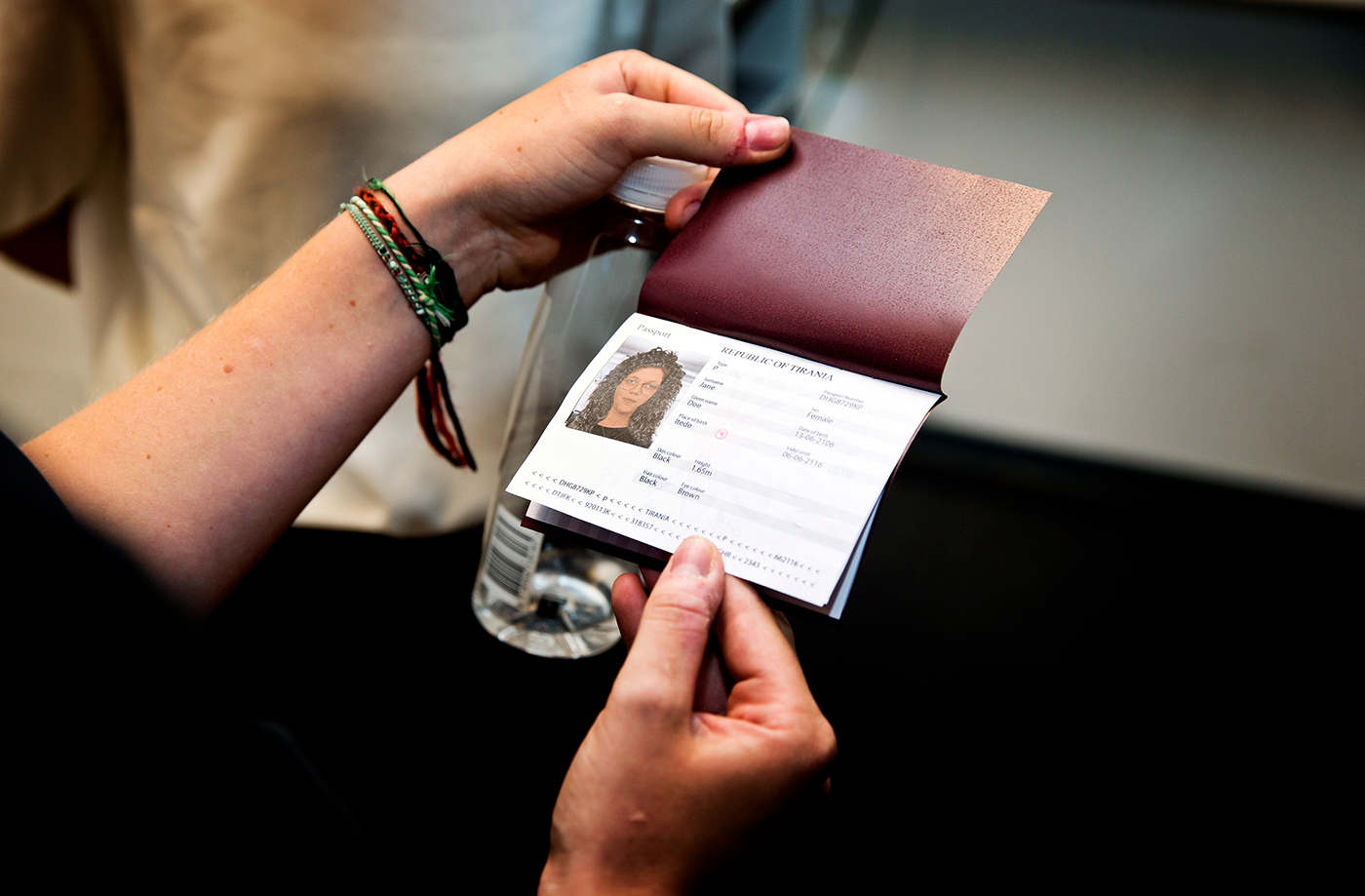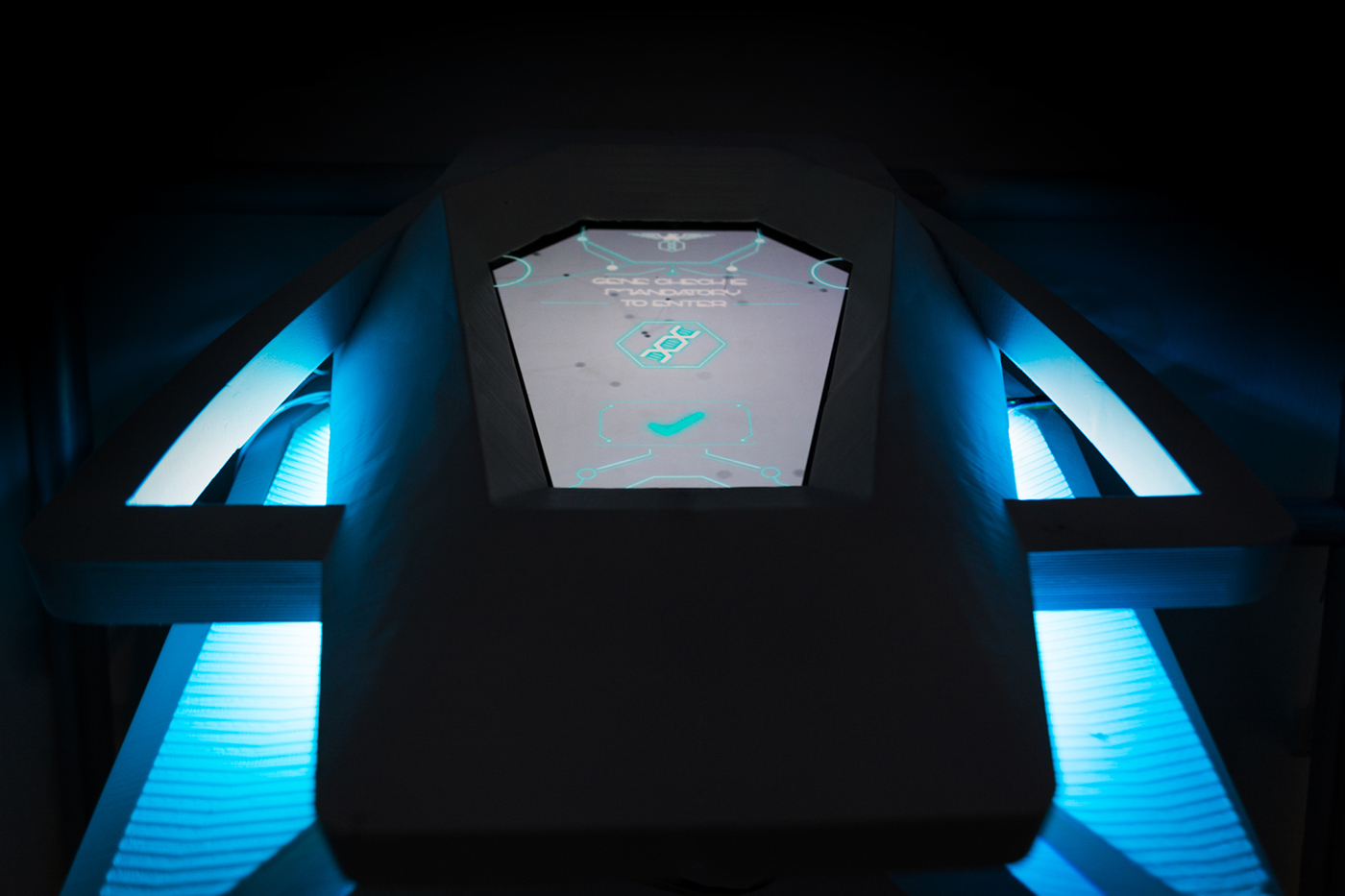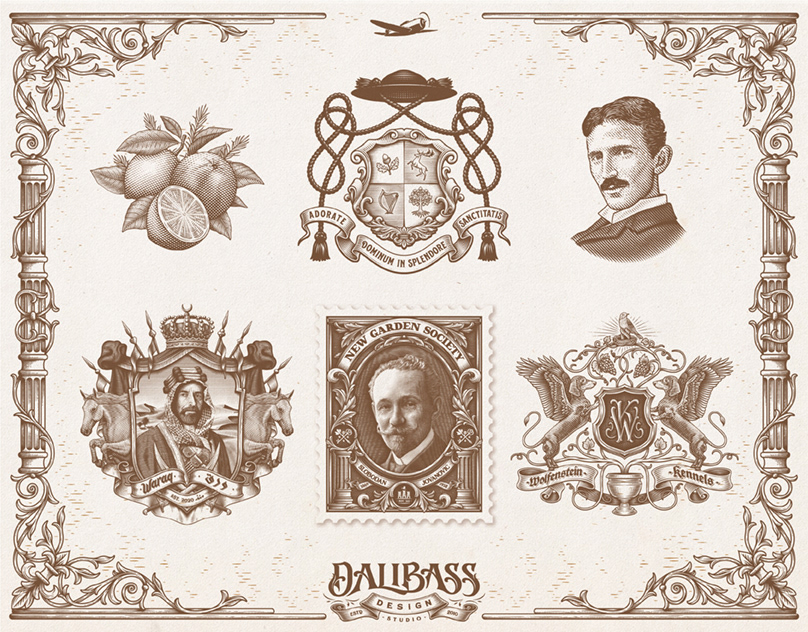
"REPUBLIC OF TIRANNIA"
INTERACTIVE INSTALLATION
An immersive experience about a dystopian future where most of the world population becomes an asylum seeker due to global warming.
Through active storytelling, props and devices visitors would enter a security chamber where they would be examined by the immigration office of a fictitious country (The Republic of Tirannia). At the end they would be rejected based on their genetic characteristics, but would be given the "opportunity" to change their composition and be accepted.
Through active storytelling, props and devices visitors would enter a security chamber where they would be examined by the immigration office of a fictitious country (The Republic of Tirannia). At the end they would be rejected based on their genetic characteristics, but would be given the "opportunity" to change their composition and be accepted.
Although visitors were free to reject the transformation, they were constantly reminded of the survival rate outside this country.
After accepting changing their genes, visitors would place their hands on the device, start the process and given a green light to enter the country.
On the other side of the chamber people would receive a printed passport with their picture (previously taken) modified digitally: hair, eyes and skin color would be different.
A deeper explanation of the concept was also included in this document:
The project was meant to be an analogy on current perception about immigration. Refugees that manage to get into a safer country often get discriminated based on their language, nationality, religion, political opinion or clothing.
There is a social pressure to change one's identity in order to be accepted in the host country; being an asylum seeker this sometimes means the difference between surviving or not.
THE GENETIC MODIFICATION DEVICE







Interaction mapping:

* Created by interaction design students from TU-Delft for the DeSForM - Sense and sensitivity conference (19-20 October 2017).
Theme advisor - Kaila Vreeken
Coach - Roy Bendor
Team - Gijs Louwers / Wikke Alpheaar / Wies Van Lieshout / Guillermo Meza / Yong Jae Park
Team - Gijs Louwers / Wikke Alpheaar / Wies Van Lieshout / Guillermo Meza / Yong Jae Park







